Structural Backfill [Free Draining, Material, Retaining Wall]
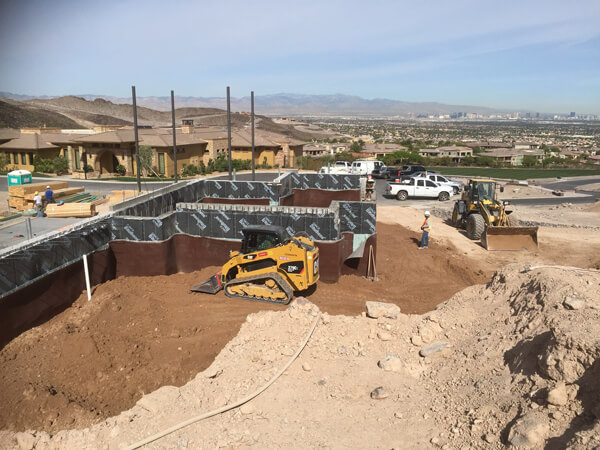
In order to sustain and strengthen a structure, structural backfilling is the act of reusing or refilling the soil that is removed during the excavation of foundations, ground bearing slabs, or other groundworks. It serves as a substructure for slabs, roads, walkways, and other foundational components and safeguards foundations.
Depending on the structural requirements, backfill may be composed of the same soil that was removed during excavation or it may be a combination of imported soil, boulders, and stones.
Contents
What Is Structural Backfill
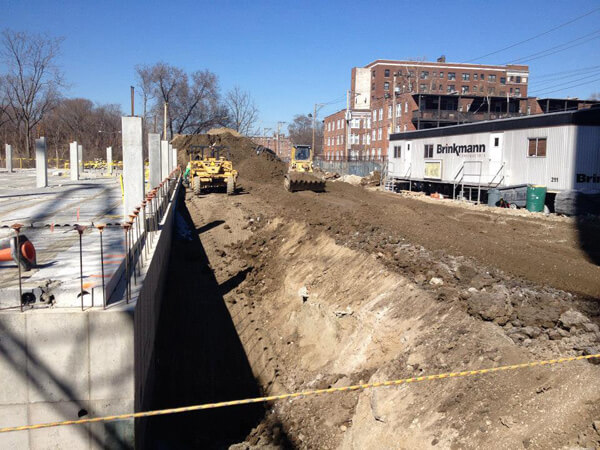
Around a freshly built structure, excavated ground is replaced with structural backfill. In order to maintain a robust structure, structural backfill is a crucial part of building and wall construction. It does this by restoring the strength of the ground around the structure.
A screened earthen material called structural fill is utilized to build a solid and secure foundation. For instance, natural soil in a location might not be strong enough to support a building, so the soil is replaced with compacted structural fill to provide the building the support it needs.
Structural fills are frequently utilized in roadway applications as fill for abutments or slabs, backfill for retaining structures, or for filling trenches and other excavations that will eventually support roads or other structures.
Should Structural Backfill Be Free Draining
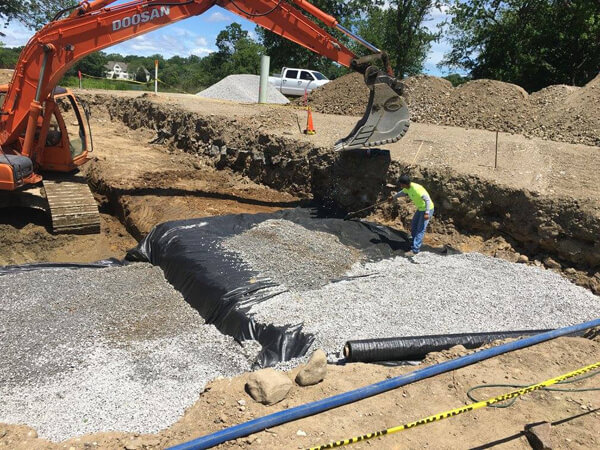
Backfill material must have good drainage properties with reduced susceptibility to erosion and post-construction volume changes, and the abutments must have good drainage features that are properly designed and constructed in order to ensure the appropriate long-term performance of abutment systems. Based on the characteristics of its grain-size distribution, the granular backfill material is taken to be pervious or free-draining.
The majority of granular backfill materials with good gradation have enough porosity for water to drain. One reason cohesive fill materials are not advised for use as select backfill for these pipe systems is that they will not drain as easily as granular backfill will, compared to a cohesive, clay backfill.
What is Structural Backfill Material
Earthen materials are often compacted in place to create structural fills and embankments; hence the material’s compaction qualities (ideal water content and maximum dry density) are crucial to performance.
Additionally significant measurements of the compacted material are compressibility and shear strength. Additionally, drainage is a crucial factor to avoid the saturation-related loss of shear strength.
Granular materials
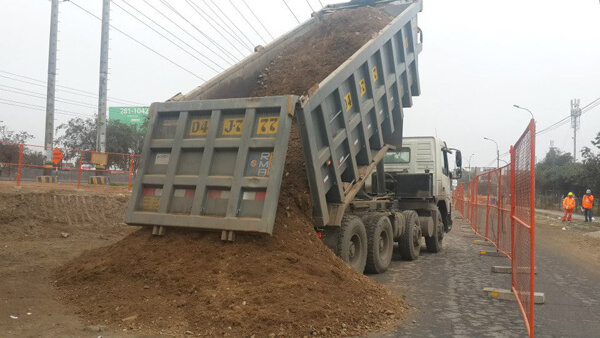
Self-compacting materials have been shown to be useful at some locations for providing enough support for flexible structures, particularly in confined areas where placement and compaction of more conventional backfill material would be difficult.
Using self-compacting materials can improve or simplify difficult conditions like bedding under haunches, backfilling between closely spaced parallel buildings, or installing structures that are partially submerged.
Open-graded, angular aggregates or specifically proportioned cementitious mixes are the two most often employed materials.
Foundry sand
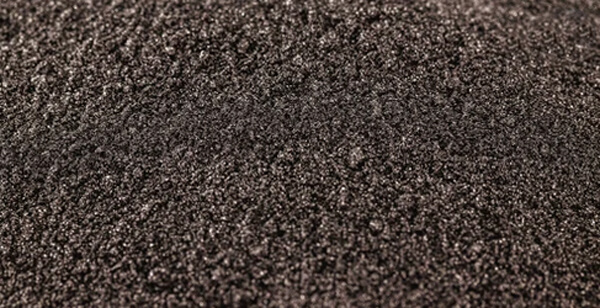
Major uses for foundry sands include structural fill and embankments, particularly for “green” sands with bentonite. Historically, soil and natural aggregates like sand, tiny stones, and gravel have been used to construct structural fills and embankments.
Foundry sand possesses the mechanical characteristics and particle size distribution required to be an effective fill and embankment material. Foundry sand is often deposited on lifts and crushed in structural fill to provide the foundation for a building, road, or other structure. Foundry sand is typically used to fill embankments when they are being used, and the slopes are later filled with soil.
Foundry sands perform similarly to natural sands with fines in structural fill and embankments. Since foundry sands are generally of excellent quality, their performance in fill applications has proven successful. Sands without clay often have friction angles of 30-36 degrees, which is similar to the friction angle of natural sands. Sands containing clay may have a reduced friction angle (around 28 degrees).
Soil Cement Mixtures
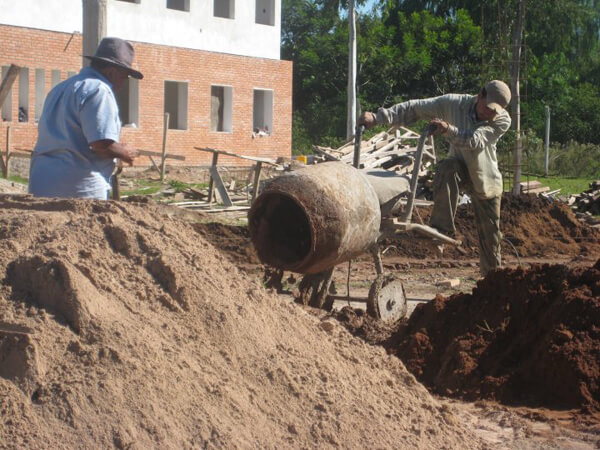
Soil-cement mixtures are frequently used to assist stiffen and reinforce existing soils in geographical locations where coarse-grained soils and aggregate are not practicable or readily accessible. In these regions, local building codes and procedures should be followed.
The ideal moisture-density relationship of the soil with and without mixed cement must generally be understood well.
What is Structural Backfill Material For Retaining Wall
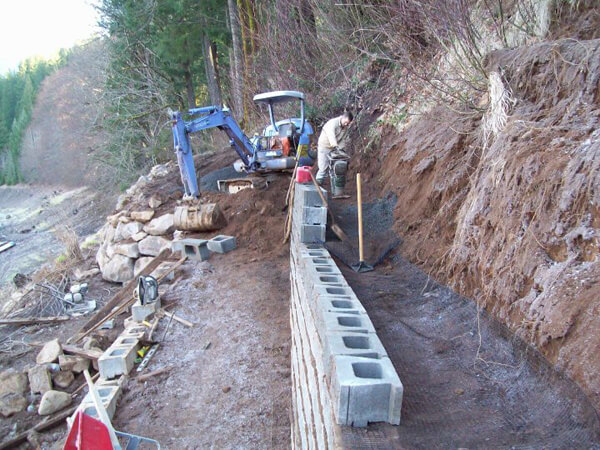
Gravel works best as the structural backfill for retaining walls and should be well graded. The major benefit of utilizing gravel is that it has a low void ratio, which means that there won’t be much lateral load.
Additionally, you want to have weep holes to allow any residual water to drain. Gravel is also beneficial since it has high load-bearing capabilities when compacted, making it possible to build on it if necessary.
Here, we’ll also go through the specific steps for backfilling a retaining wall.
1) If at all feasible, we ought to install a drainage pipe at the foot of the retaining wall.
2) Concrete should then be added to support the load above the drainage pipe.
3) Next, fill the area with well-graded gravel above the drainage pipe, and then compact the material. Compaction is usually done using the rammers for small-scale projects.
4) To remove water from the retaining wall’s backside, a weep hole should be created perpendicular to the wall’s face.
5) Up to 3/4 of the height of the retaining wall, gravel should be provided.
6) The dirt should finally be poured and compacted on top of the gravel.
Conclusion
For flexible soil-interaction structures, there are a variety of materials that might be used as backfill. A variety of practical and site-specific variables and elements determine whether a material is acceptable for use on a certain application.
Before choosing backfill for a certain site application, the reader is urged to comprehend the significant and perhaps not immediately visible qualities and fundamental distinctions in such materials.
The decision-making process is influenced by a number of variables, including the need for support, site restrictions, the location of the project in relation to potential fill sources, the relative economics of material costs, backfill placement, and compaction costs.
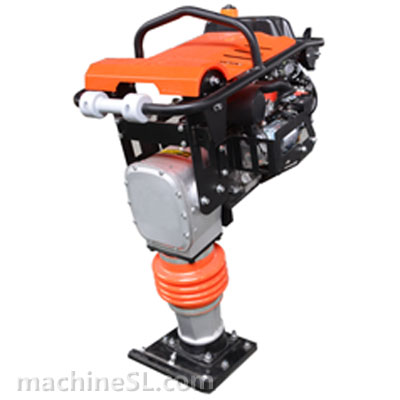

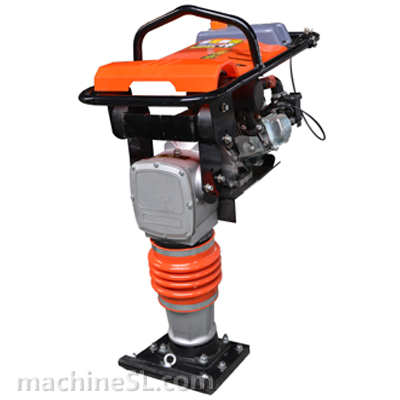
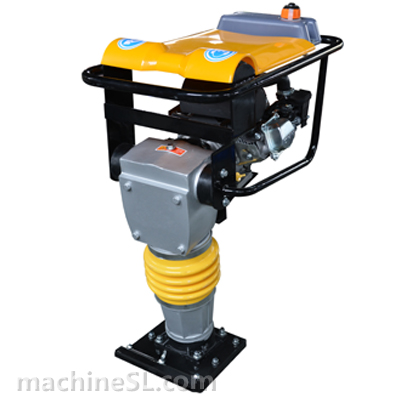
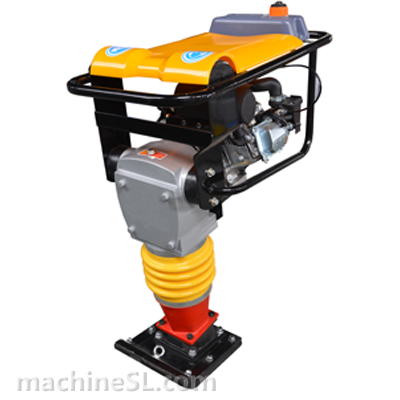
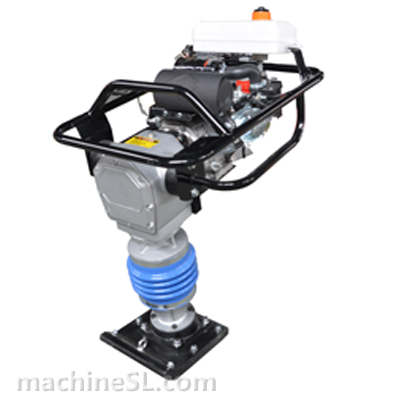
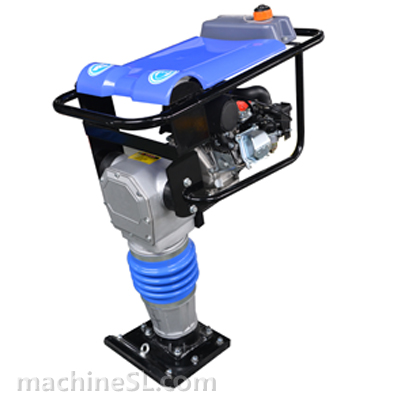
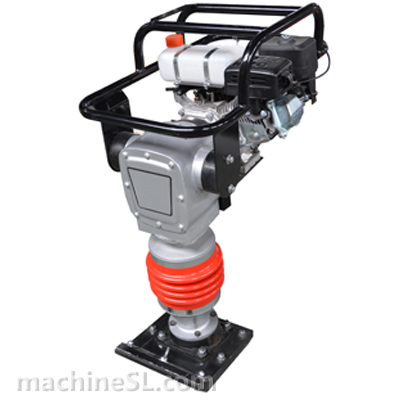
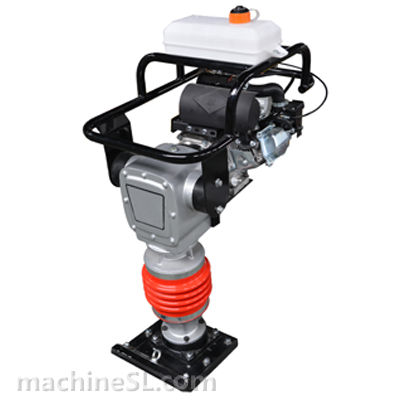
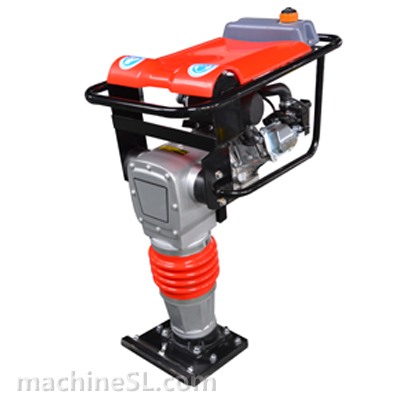
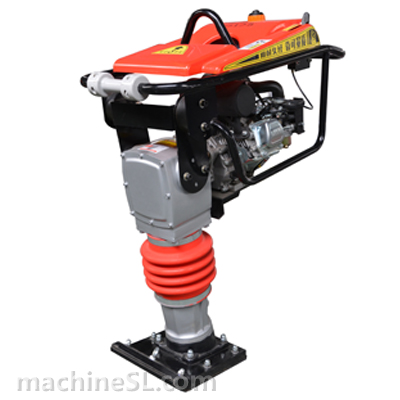
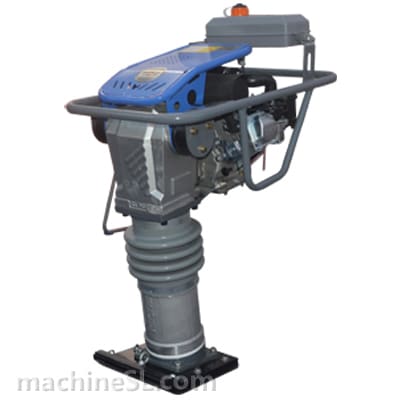
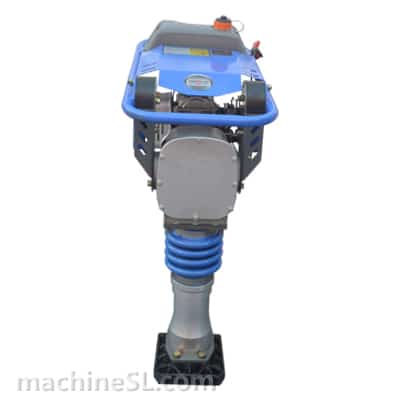
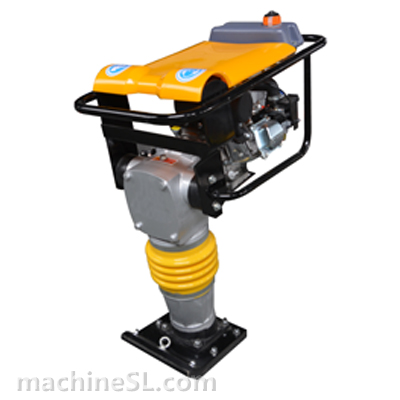
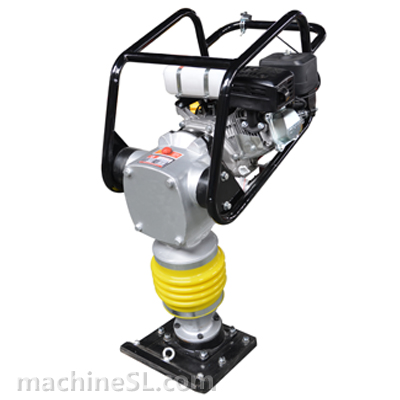
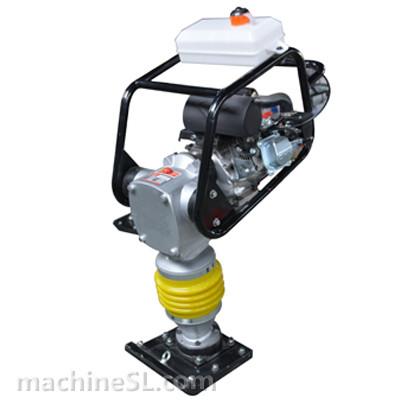
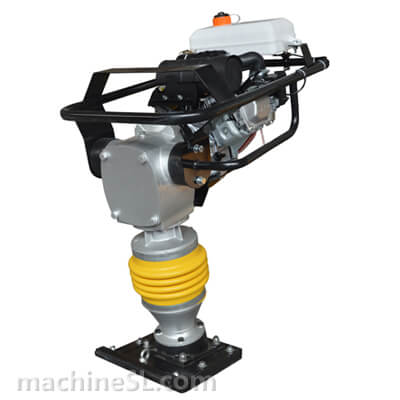
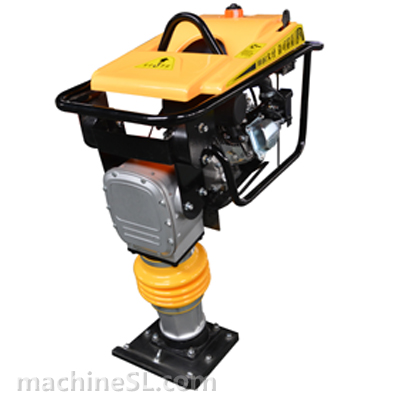
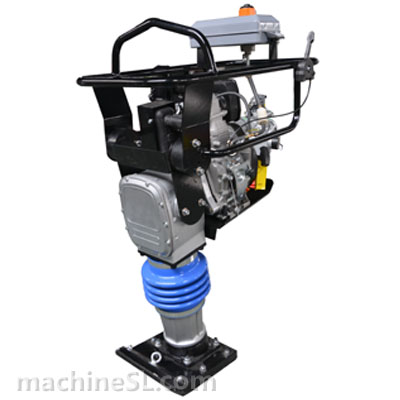
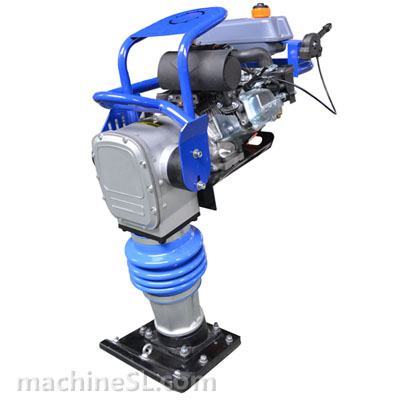
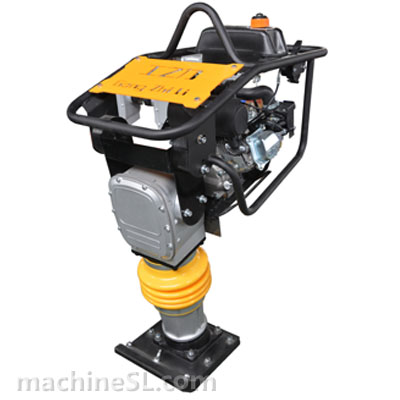
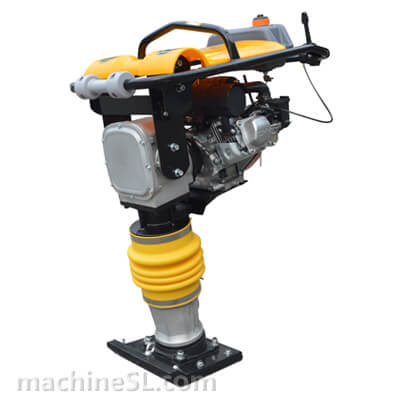
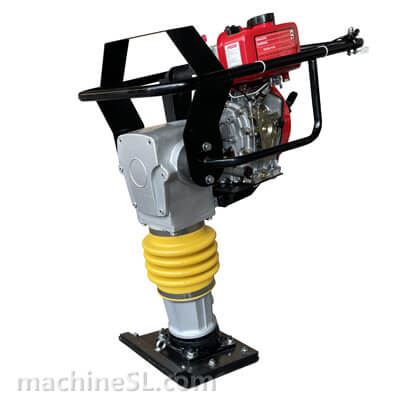
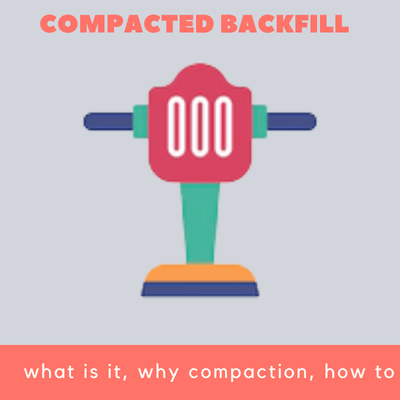
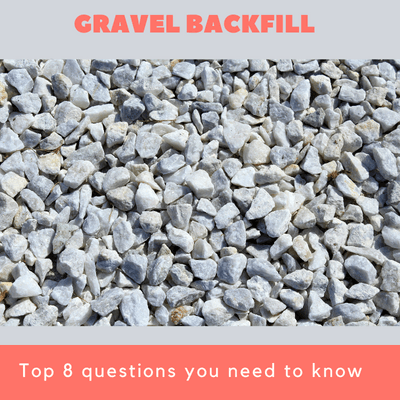
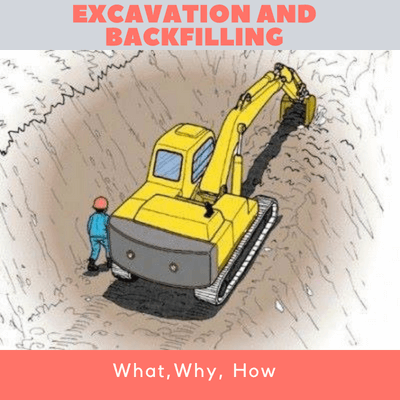
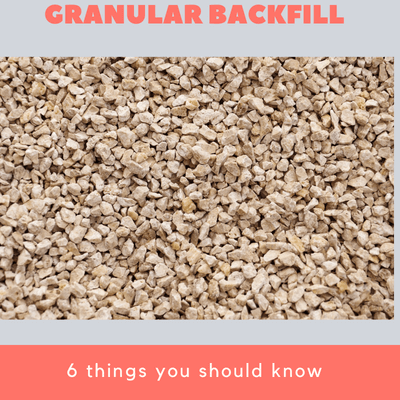

Leave A Comment